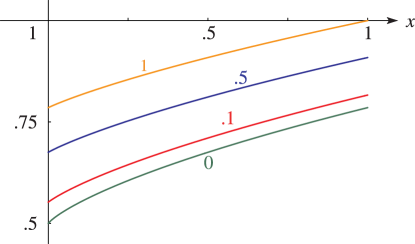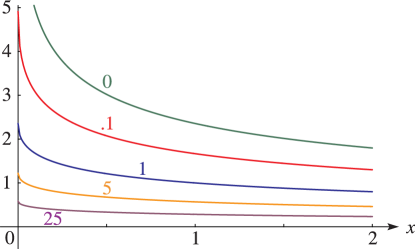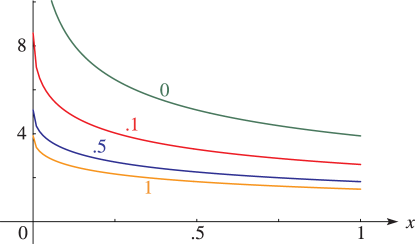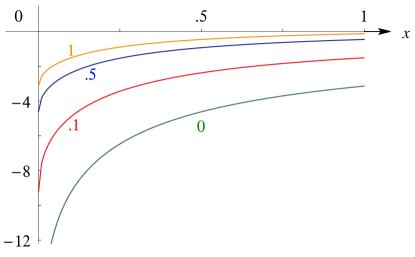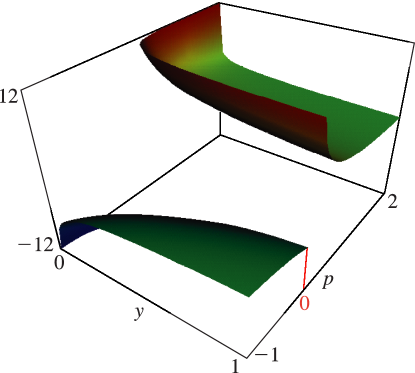19 Elliptic IntegralsSymmetric Integrals19.16 Definitions19.18 Derivatives and Differential Equations
§19.17 Graphics
Because the -function is homogeneous, there is no loss of generality in giving one variable the value or (as in Figure 19.3.2). For , , and , which are symmetric in , we may further assume that is the largest of if the variables are real, then choose , and consider only and . The cases or correspond to the complete integrals. The case corresponds to elementary functions.

